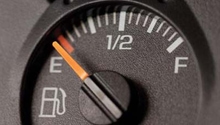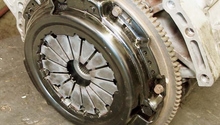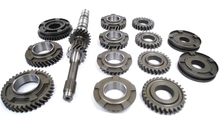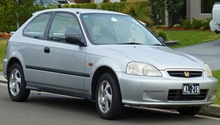Honda Accord: Why is My Car Vibrating?
Over time, wear and tear will happen to your Honda Accord and cause it to vibrate. Learn to detect the source of the vibration, and how to stop it to avoid the problem from continuing.
This article applies to the Honda Accord (1990-2002).
Wear and tear will catch up with any vehicle, and the Honda Accord is no exception. Mechanical problems like vibration are common, and they hinder your comfort when driving. But when you detect vibrations, you shouldn't panic. What matters most is having them addressed as fast as possible, and avoid costly damages. Most of the related issues affects the transmission, ignition, motors, steering, and fuel system. This article will help you to quickly detect the possible causes of the vibration on your Honda Accord, so you will be able to repair it.
Step 1 – Check the transmission fluid
The manual transmission system in your Honda Accord directs power from the engine to the drive shaft, which makes the wheels turn and provide motion. As such, the system generates lots of friction, and as a result requires transmission fluid, which is also a coolant. When the fluid levels are low, the car will shake and vibrate during accelerating because the worn-out transmission components have overheated. When the transmission fluids are low, the causalities are the areas where there is excess friction, which are the axles, clutch, gears and shafts. The solution is to check the transmission fluid levels and add accordingly.

Pro Tip
The transmission fluid should be changed after every 30,000 to 60,000 miles. But for heavy duty vehicles or vehicles that see a lot of hard miles (like track cars), it should be changed after 15,000 miles.
Step 2 – Check the spark plugs
When the spark plugs wear-out or are faulty, the engine misfires and some cylinders fail to fire effectively, resulting in the vibration. Faulty spark plugs cause the Honda Accord to rough idle and vibrate abnormally when it's still. The solution here is to replace the worn out spark plugs with new ones.

Step 3 – Check the motor mounts
When the motor mounts are broken, your car will not only vibrate abnormally, but it will also lose power. If your engine shakes and vibrates when parked or stopped momentarily, then the motor mounts are broken. If the car is in neutral and you notice the vibration decreasing, then it is also an indication that the motor mounts are broken. Some Honda Accord owners have reported the vibration getting vigorous when reversing, and attributed it to damaged mounts. The solution is to replace the damaged or worn motor mounts.
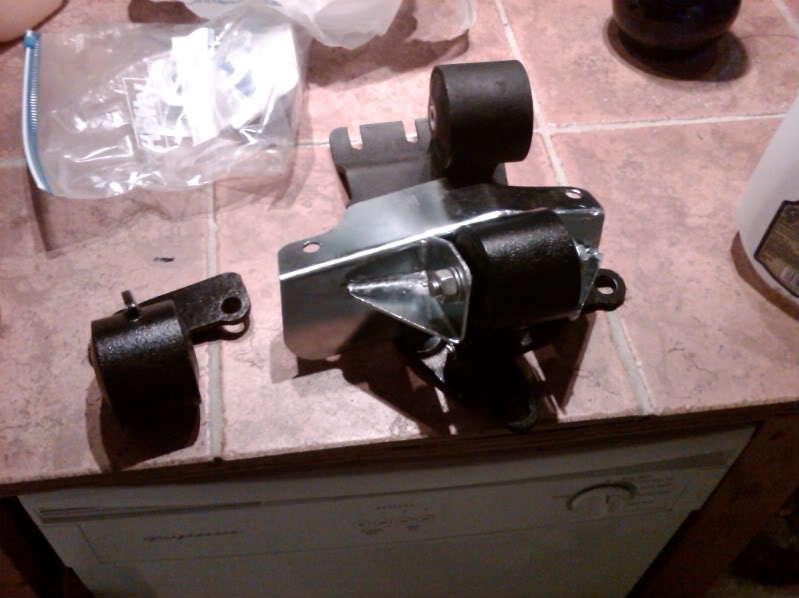
Pro Tip
Inspect the motor mounts for worn or torn rubber bushings, this signifies that it's time for replacement.
Step 4 – Check the wheels
Off balanced wheels are not only dangerous, but they cause your Honda Accord's steering wheel to vibrate. This is caused because the front wheels are imbalanced or the rims are bent. This can be detected during speeds of 40 to 50 miles per hour. The electronic spin balancer corrects the problem, but the bent rims require replacement. While sorting the wheels, the mechanic needs to replace the worn out shocks, ball joints and bearings, as well as the tires in order to maintain the spin balancing gains.
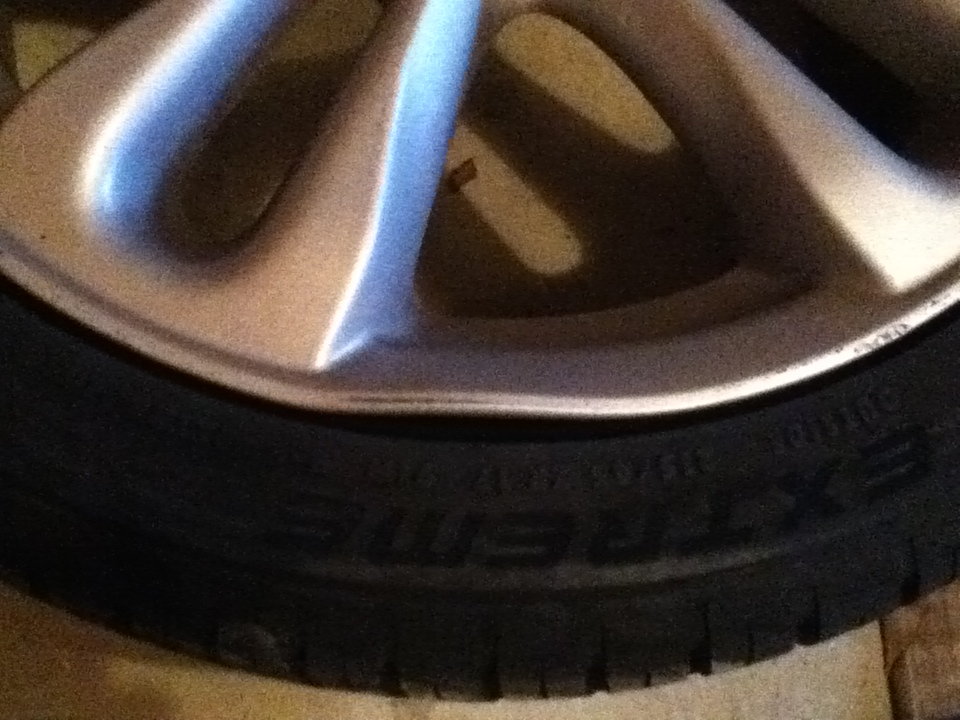
Step 5 – Check the belts
The belts in all vehicles control components like the fans and air conditioners (A/C). But if the belts are worn out or loose, the components that rely on them will fail to rotate at consistent speeds and seamless motions. As a result, not only will those bumps cause sounds to emanate from the engine, but also cause vibrations. Always inspect the belts for damages, and replace them. If the A/C also causes excess vibration, chances are the problem is a loose belt or faulty mount.

Pro Tip
Belts and pulleys should be visually checked for issues or damage. The belts should be tight (not loose), and the pulleys should not wobble.
Step 6 – Check the exhaust gas recirculation (EGR) valve
A lot of gas and moisture circulation occurs in any engine. But if one component of the exhaust system is clogged with dirt, the EGR's gases won't be released effectively. That will result in the engine choking and the vehicle vibrating. The best solution to a faulty EGR is to replace it.

Related Discussions and Sites
- Steering Wheel Vibrations - Honda-Tech.com
- Transmission Issues - CarsDirect.com
- Vibrations When Accelerating - Honda-Tech.com
- Reading Sparkplugs - Honda-Tech.com
- Causes of Engine Vibrations - CarsDirect.com
- Car Shaking When in Reverse - Honda-Tech.com
- Wheel Balance Issue - Honda-Tech.com
- A/C vibration - Honda-Tech.com


